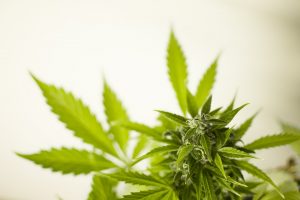Hemp refers to the seed and fiber part of the plant Cannabis sativa L. It is distinct from the flowering part of the plant, which is legally termed marijuana. The seeds and the fiber of the plant have very high economic value, making hemp an important cash crop.

(Pixabay / Wild0ne)
Hemp is a hearty plant that grows quickly in diverse soil conditions. Countries have been cultivating hemp for industrial uses for over an estimated tens of thousands of years. Industrial hemp was used in the manufacturing of canvas, paper, rope, and clothing until alternative textiles and synthetic fibers were discovered. China is the largest producer of hemp in the world, with Australia and Canada closely following.
Growing hemp for commercial purposes is illegal in the U.S. because of the prohibition against marijuana; however, dozens of states have changed their laws to allow the legal growing of hemp for industrial uses.
Raw hemp has very coarse fibers, making it ideal for the production of rope. The hemp fiber was not appropriate for the manufacturing of clothing because it could irritate delicate human skin. However, the advancement in plant breeding and the processing of fiber resulted in finer, softer hemp that could be woven into comfortable clothing.
Hemp is non-psychoactive. It contains a negligible amount of tetrahydrocannabinol (TNC) so the body can process it faster than you smoke it. Don’t expect to get high from smoking hemp, but you can expect to get a migraine.
It was the Marijuana Tax Act of 1937 that first cracked down on the cultivation and sale of cannabis in any form. The Controlled Substances Act of 1970 designated all forms of cannabis, hemp included, as Schedule I drugs, making it illegal to grow the crop in the United States. People became so fixated on hemp’s association with marijuana that they failed to recognize its industrial value.
Hopefully the recent change in tide of states legalizing marijuana will also bring economic benefits for hemp.